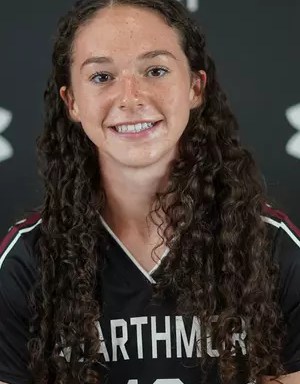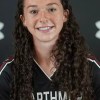Editor’s note: This article was initially published in The Daily Gazette, Swarthmore’s online, daily newspaper founded in Fall 1996. As of Fall 2018, the DG has merged with The Phoenix. See the about page to read more about the DG.
Have you been seeing more course evaluations recently? The extra evaluations come out of four recommendations made by an assessment planning committee.
According to Professor Thomas Stephenson, the current head of the committee, it was started in the Fall of 2005 in response to a request from Swarthmore’s accreditation agency, the Middle States Association, which requires progress reports every five years. “The agency found the portion of our latest five-year report that dealt with assessment–how do we know we’re doing a good job and what steps are we taking to remedy weaknesses?… they found that not up to par. They sent us a letter saying we think you need to be doing a better job of assessment of your academic program, but they gave us a lot of flexibility in how to do that.”
Support for the committee also came from the inside. According to Stephenson, “there’s been a lot of interest from various faculty and departments in doing this kind of examination… some departments are polling alumni and some do routine course evaluations.”
Stephenson continued, “the goal of the committee is to set up an organized way for the faculty to assess how good of a job the curriculum is doing… we spent last year meeting to come up with a plan and this year we’ve been implementing it.”
The four recommendations of the committee included a formalized annual discussion within departments about how well they’re meeting their goals and a commitment to periodically assess different graduation requirements, such as comprehensive exams and writing courses.
Another recommendation was were external reviews of departments to take place about every ten years. Provost Connie Hungerford explained that each department would be required to do a self-study, and “having doing a self-study it would be sent to people from outside the college who would issue their own report on our department.”
The last reform and the one most visible to students will be regularized course evaluations. Each professor will be required to have one of their courses per year fill out course evaluations. Departments will be able to choose what courses they want to look at each year, according to Hungerford. “They could look at intro courses one year and Honors seminars the next year.”
Stephenson said that the forms themselves will be “standardized at the department level.” He continued, “the disciplines are so different that it’s virtually impossible to standardize a form that will be useful… we have said that departments should work together to come up with a standard set of questions but individual faculty are free to add to those.” Some departments, such as Music and Dance, feel that their courses are so different from another that they won’t even have a common set of questions. The method of collecting course evaluations will also vary by department.
Once collected, course evaluations will only be seen by two people, the professor who taught the course and the chair of their department. In the case of the course evaluations for the chair, another senior member of the faculty will review the evaluations with them.
Evaluations will have no effect on tenure decisions. Stephenson explained that “we think we have a good way of getting student input into tenure decisions and we’re perfectly happy with that.” Furthermore, “these are not intended to be instructor evaluations, they are intended to be course and curriculum evaluations… the questions are related to the content of the course and the format of the course.”
One question yet to be settled is interdisciplinary programs. Stephenson explained that ten years ago, this would not have been an issue because every course in an interdisciplinary program had a home department, but now there are a handful of courses which are only listed in Film and Media Studies, Black Studies, and Women’s Studies, for just a few examples. The requirement for regular external review does not apply to interdisciplinary programs because they are already required to undergo a comprehensive review about every five years.









